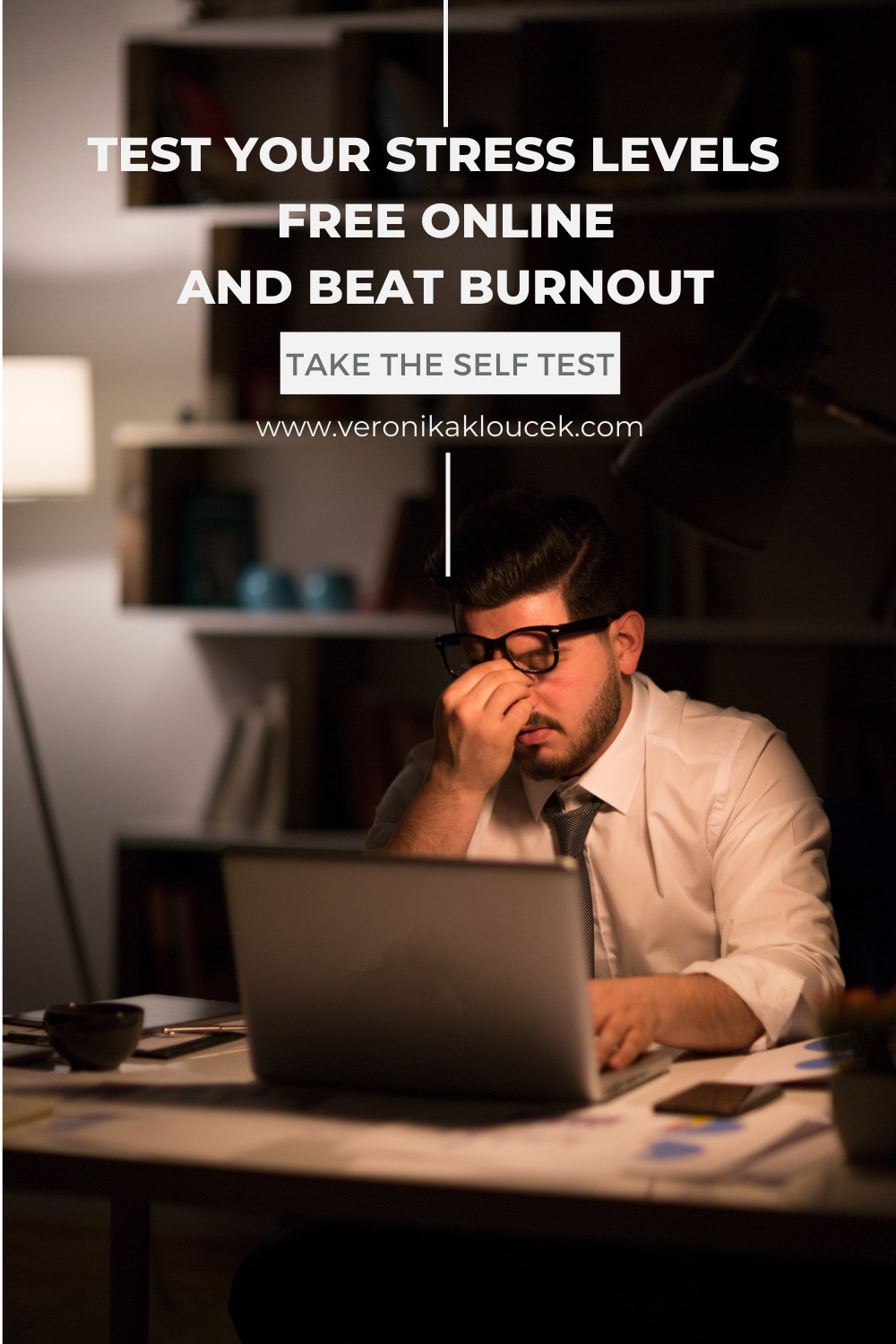
Still Functioning, Totally Fried: The Slow Burn of Burnout
by Veronika | Aug 4, 2025
You might recognise it. You keep going, keep doing—but something inside feels frayed. You’re not sleepy. You’re lost. You’ve tried to rest, but the rest doesn’t rest you.
This is often the point where people land in my therapy room – burnt out, not just by work, but by long-standing pressure, perfectionism, invisible emotional labour. Burnout doesn’t always scream. It whispers: You’re not yourself anymore.
When Rest Isn’t Enough
Burnout is often mistaken for stress. But unlike stress, it doesn’t resolve with a weekend off or more sleep. It’s deeper. More existential. It affects your ability to feel joy, make decisions, or stay connected to what matters.
According to the World Health Organization, burnout is a state of emotional, physical, and mental exhaustion resulting from prolonged stress—particularly in work or caregiving roles. But clinically, I see it in people across all contexts: parents, professionals, perfectionists, healers.
Burnout hides in silence—until your mind keeps going, but your heart quietly leaves the room.
Burnout Is a Disconnect, Not a Weakness
Burnout often shows up as:
- A sense of numbness or detachment
- A creeping cynicism or self-blame
- Emotional sensitivity—or total emotional shutdown
- The quiet panic of being ‘on’ all the time, even while you rest
These aren’t failures of character. They’re signals – indicators of a profound disconnect between your inner needs and outer demands.
Why Digital Tools Only Go So Far
Apps can remind you to breathe. Self-help books can inspire reflection. But when burnout is rooted in relational history, shame, identity, or chronic invisibility, these tools often hit a wall.
Q: Why choose human-to-human therapy over AI or digital tools?
A: AI and digital support can be helpful in a coaching-like way, but many clients find that deeper issues require a real relationship to be fully understood and worked through.
The Power of Being Seen
I work with many people who’ve tried everything before arriving in therapy—sleep trackers, coaching apps, nutrition plans. What made the difference wasn’t a new tool. It was the experience of being seen. Not scanned, not fixed—just met.
Human-to-human therapy offers what burnout erodes: safety, empathy, reflection, relationship. It allows us to turn toward what’s underneath: unmet needs, self-neglect, perfectionism, inherited pressure.
Therapy doesn’t fix you. It lets you rest long enough to hear what your burnout has been trying to say all along.
How to Begin Again
Burnout recovery isn’t instant. It’s slow, relational, and layered. But it is possible. You might begin by:
- Naming what you’ve been pushing through
- Noticing when you feel most emotionally absent
- Allowing yourself to reach out before it gets worse
- Exploring, in therapy, what parts of you have been quietly carrying too much for too long
You don’t have to do this alone.
And if You’re Still Not Sure
If you’re reading this and feeling the quiet sting of disconnection – the doubt, the ache, the wondering if it’s even possible to feel like yourself again – know this: you’re not alone. That hollow space inside you isn’t a failure. It’s a sign of how much you’ve been carrying.
Therapy can be one place to begin again. A relationship where you don’t have to perform, explain, or hold it all together. Just space to be – tired, uncertain, human. And from that space, gently, something begins to shift. Something starts to feel possible again.
This article was written by Veronika Kloucek, Senior Psychotherapist, Trainer, Supervisor with support from AI tools for spelling and grammar clarity. All ideas and editorial choices remain fully human and authored. If this article resonates and you would like to find out how I can help you, contact me to schedule a confidential enquiry call today. I work in private practice and head up The Village Clinic.
References & Further Reading
World Health Organization (2019). Burn-out an “occupational phenomenon”: International Classification of Diseases.
https://www.who.int/mental_health/evidence/burn-out/en/
Maslach, C., & Leiter, M. P. (2016). Understanding the burnout experience: Recent research and its implications for psychiatry. World Psychiatry, 15(2), 103–111.
https://doi.org/10.1002/wps.20311
Pines, A., & Aronson, E. (1998). Career Burnout: Causes and Cures. Free Press.
Van der Kolk, B. (2014). The Body Keeps the Score: Brain, Mind, and Body in the Healing of Trauma. Penguin Books.
Schore, A. N. (2003). Affect Dysregulation and Disorders of the Self. W. W. Norton & Company.
Neff, K. (2011). Self-Compassion: The Proven Power of Being Kind to Yourself. William Morrow.
Goleman, D. (1996). Emotional Intelligence: Why It Can Matter More Than IQ. Bantam Books.
Herman, J. L. (1992). Trauma and Recovery: The Aftermath of Violence—from Domestic Abuse to Political Terror. Basic Books.
British Association for Counselling and Psychotherapy (BACP). Understanding burnout and mental health.
https://www.bacp.co.uk
National Institute for Health and Care Excellence (NICE). Guidance on common mental health problems and talking therapies.
https://www.nice.org.uk

